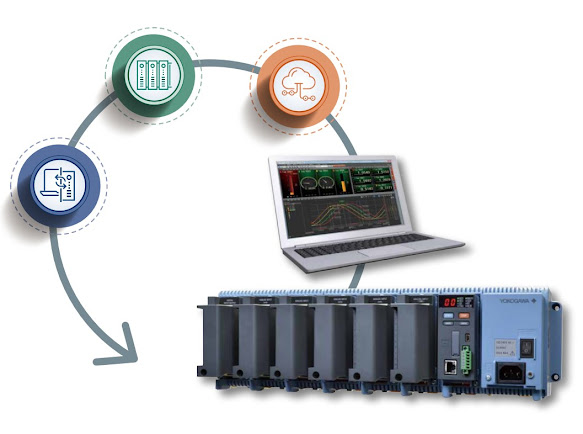The Role of Tension Load Cells in Ensuring Safety and Reliability in Structural Engineering
In the realm of structural engineering, safety and reliability are of paramount importance. The ability to accurately measure and monitor tension in various structural components is crucial for ensuring the integrity of a building or infrastructure project. This is where tension load cells play a vital role.
By providing precise measurements of tension forces, these innovative devices contribute to the overall safety and reliability of structures.
In this article, we will delve into the fascinating world of tension load cell and explore their significance in structural engineering.
Understanding Tension Load Cells
In the realm of structural engineering requires delving into the intricacies of their construction and operation. These ingenious devices are designed to measure the tension forces acting on various components within a structure, providing crucial data for engineers to ensure safety and reliability.
Tension load cells consist of a sturdy housing that encloses strain gauges, which are sensitive elements that convert mechanical stress into electrical signals. These signals are then amplified and processed to accurately determine the magnitude of tension forces being exerted.
One fascinating aspect of tension load cells is their ability to measure both static and dynamic loads. Whether it's monitoring the tension in cables supporting a suspension bridge or measuring forces during construction activities, these devices provide real-time data that enables engineers to make informed decisions.
Application of Tension Load Cells in Structural Engineering
The application of tension load cells in structural engineering is paramount to ensuring the safety and reliability of various structures. These sophisticated devices are designed to monitor and measure the forces experienced by different components within a structure, providing engineers with invaluable data for analysis and decision-making.
In bridge construction, tension load cell play a crucial role in monitoring the integrity of supporting cables and suspension systems. By accurately measuring the tensile forces exerted on these critical elements, engineers can detect any abnormal fluctuations or deviations from design specifications.
This enables proactive maintenance and timely repairs, ultimately enhancing the longevity and safety of bridges.
Moreover, in high-rise buildings, tension load cells are employed to monitor the stability of tall structures subjected to wind loads or other external forces. By continuously gauging the tension forces acting on various points within the building's framework, engineers can detect potential weaknesses or stress concentrations.
Benefits of Using Tension Load Cells
Employing tension load cells in structural engineering projects brings forth a myriad of advantages, ensuring enhanced safety and reliability.
Firstly, these sophisticated devices offer exceptional accuracy in measuring and monitoring tension forces within structures. This precision enables engineers to make informed decisions and take prompt action if any issues arise, reducing the risk of structural failure.
Furthermore, tension load cells provide real-time data that can be readily analysed and interpreted. This allows for proactive maintenance and timely detection of any potential weaknesses or abnormalities in the structure's integrity.
Future Trends and Advancements in Tension Load Cell Technology
With the fast-paced advancements in technology, it comes as no surprise that tension load cell technology is also evolving at a rapid rate. The future holds exciting possibilities for this field, with several trends and advancements on the horizon.
One such trend is the integration of wireless communication capabilities into tension load cells, enabling real-time data transmission and remote monitoring. This breakthrough will revolutionize the way structural engineers collect and analyse data, allowing for more efficient decision-making processes.
Another promising advancement is the development of self-diagnostic tension load cells. These intelligent sensors will possess the ability to detect any potential issues or malfunctions within themselves, ensuring accurate readings and eliminating the need for frequent manual inspections. This not only saves time but also enhances safety by minimizing human error.
Conclusion
The use of tension load cell in structural engineering plays a crucial role in ensuring the safety and reliability of various projects. These innovative devices have revolutionized the field by providing accurate measurements and real-time monitoring, enabling engineers to make informed decisions and prevent potential failures.
With ongoing advancements in tension load cell technology, we can expect even more sophisticated solutions that will further enhance structural integrity and improve overall project outcomes.



Comments
Post a Comment